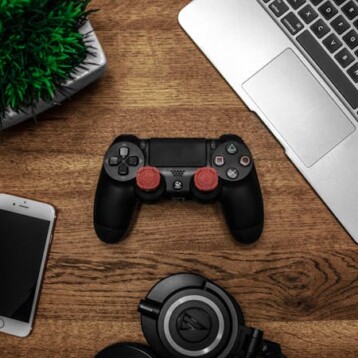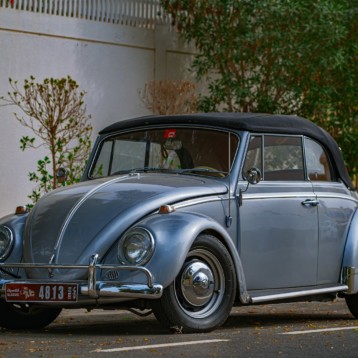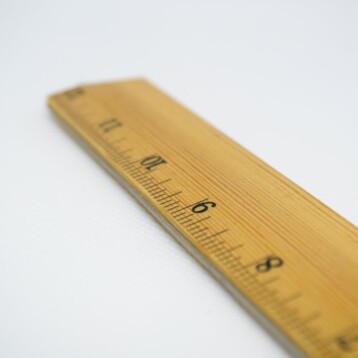SiRF recently unveiled a new technology called SiRFDiRect, which aims to boost the accuracy of portable navigation systems when GPS signals are weak or blocked. According to the company, the new technology will allow seamless transitions between combined GPS/DR and dead-reckoning-only operation without operator intervention. The closely coupled GPS/DR architecture of SiRFDiRect technology will continuously auto-calibrate the heading and acceleration sensors, enabling high performance with low-cost and small-footprint sensors.
The new GPS module will come either inside a stand-alone unit or embedded inside a device (SmartPhone, Ultra Mobile PC, dedicated navigation unit etc.). According to SiRF, the new SiRFDiRect will allow greater flexibility in orienting portable navigation devices when mounting them in a vehicle without affecting performance.
The new LEA-4R by U-Blox is also equipped with built-in dead reckoning technology, which estimates the user’s current position according to their previously known positions, their speed, the elapsed time, and the course of travel. U-Blox also claims its’ technology can handle distortions from jamming sources and performs well even inside indoor parking facilities.
Despite these important advances, is appears that realization of a truly indoor capable GPS system is still far away. In 2006, TFOT examined this possibility as part of an overview of the future of Microsoft’s Mylifebits Project. Although U-Blox announced it had obtained such a technology over a year ago, is seems that indoor GPS has not reached the consumer market as of yet.
SiRF’s SiRFDiRect technology should be available as reference designs in the third quarter of 2007. According to U-Blox, samples of their LEA-4R chip have been ready since May 2007.









